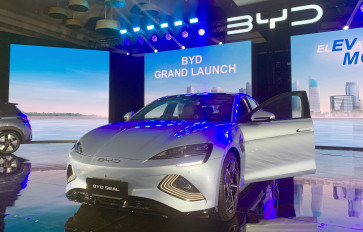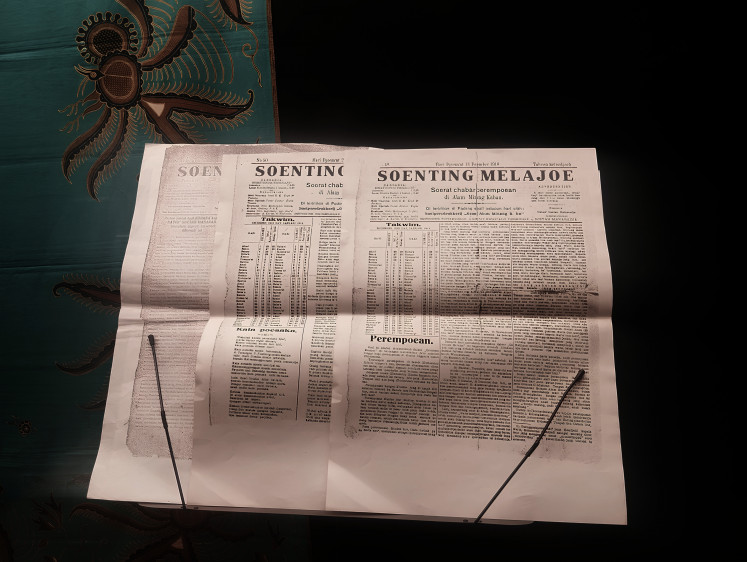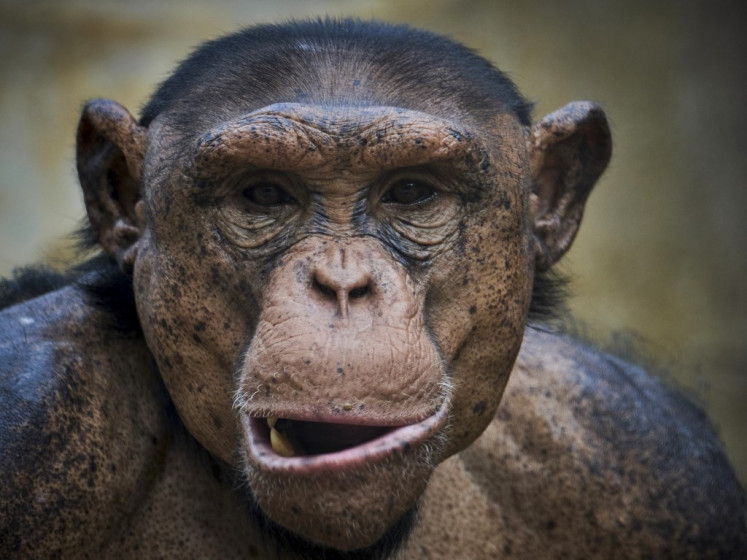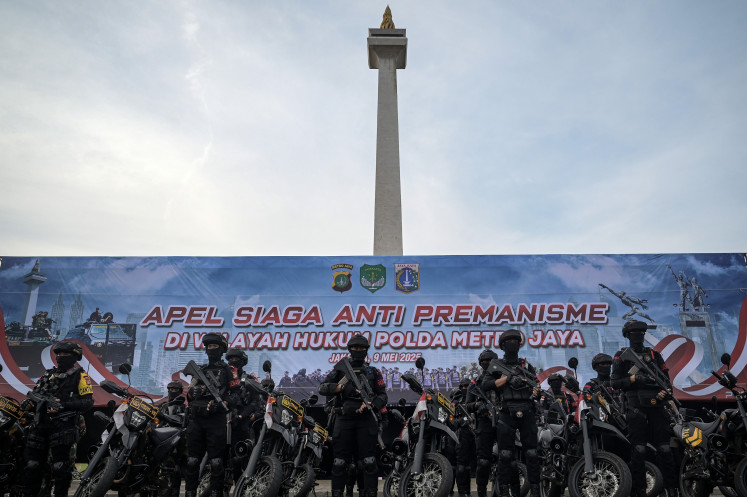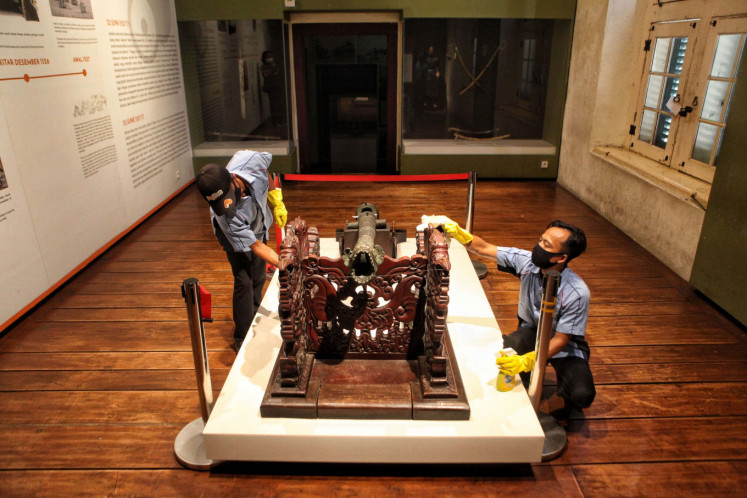BER(ISI)K!: A progressive rock journey with Indonesian percussions
A collective of Indonesia’s best percussion musicians display the best of the country’s unique and majestic sounds in a rousing performance.
Change text size
Gift Premium Articles
to Anyone
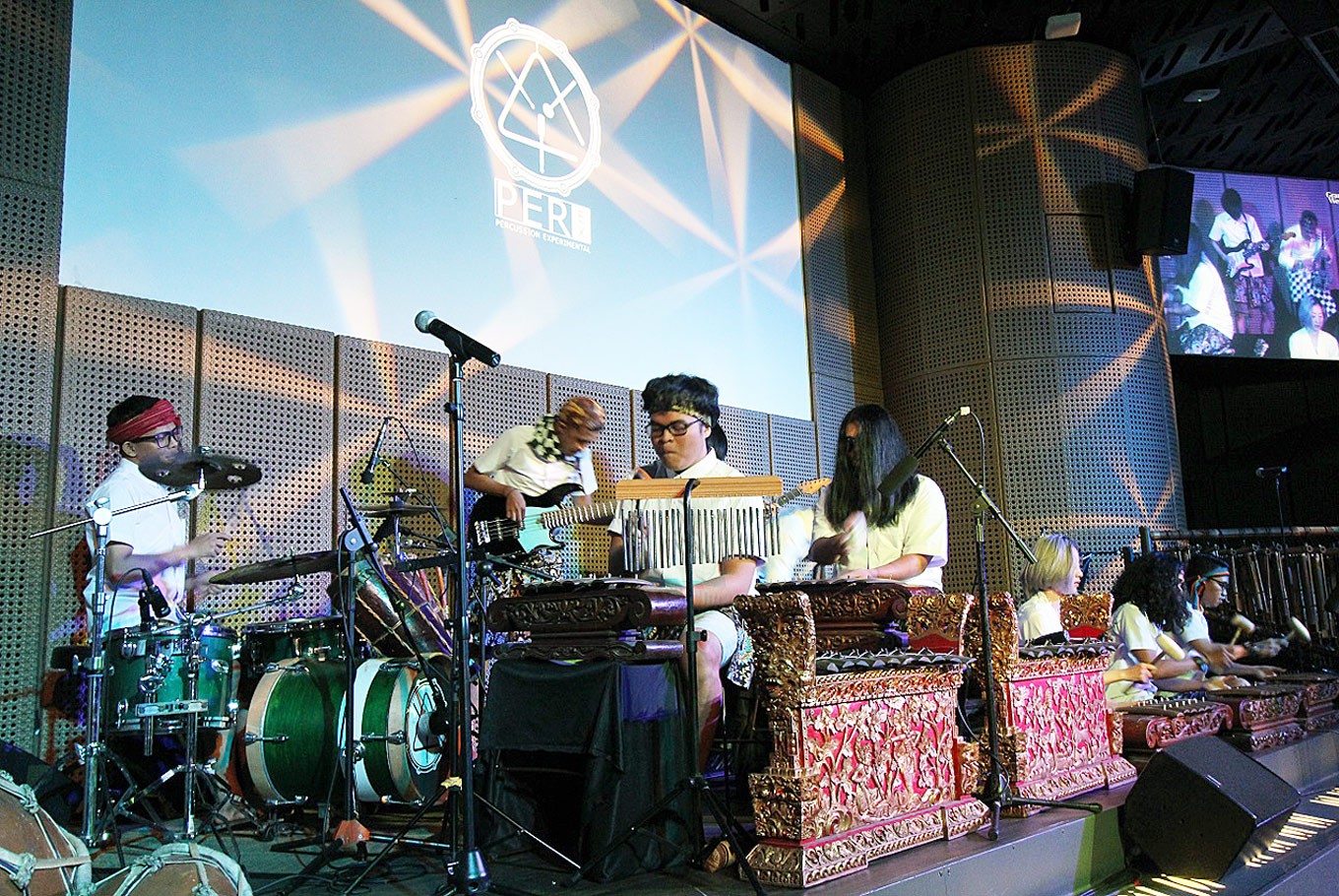 Perfect blend: Percussion Experimental utilizes a versatile combination of gamelan, gangsa (metallophone), vibraphones and drums to fuse the rhythms of East and West. (Image Dynamics/File)
Perfect blend: Percussion Experimental utilizes a versatile combination of gamelan, gangsa (metallophone), vibraphones and drums to fuse the rhythms of East and West. (Image Dynamics/File)
P
ercussion instruments exist in almost every culture in Indonesia, from the gendang (two-headed drum), to gamelan, to even the percussive melodies of the kolintang (small, horizontal gongs) or angklung (bamboo instruments), showing that rhythm is key to life across the archipelago.
Some of these rhythmic instruments were recently featured at Galeri Indonesia Karya in Grand Indonesia mall, Central Jakarta, bringing with them some of Indonesia’s best drummers and percussive experimentalists in a concert dubbed BER(ISI)K!
The name BER(ISI)K! is a combination of two words: berisik (noisy) and isi(content).
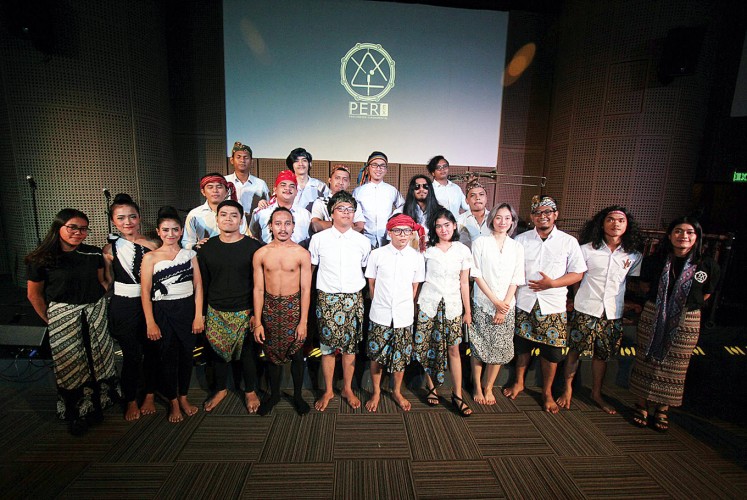
The people behind the concert’s percussion kits called themselves Percussion Experimental, and they brought forth a transcendent kind of ethnic experimental music through the gamelan, gangsa (metallophone), vibraphones and even a drum kit, fusing the rhythms of East and West.
“Indonesia has a lot of traditional musical instruments that are able to create great rhythms and unique, distinctive melodies. Those beauties are unfortunately disappearing. That’s why Percussion Experimental was formed: to fuse the modern and the traditional to preserve the traditional,” said Percussion Experimental founder and drummer Amien Arroysi.
The ensemble played with the intensity of rock bands, and their melodies — ever progressive — made it clear that aside from their traditional influences, at least some of the members are fans of Stewart Copeland, Level 42 or Neil Peart.
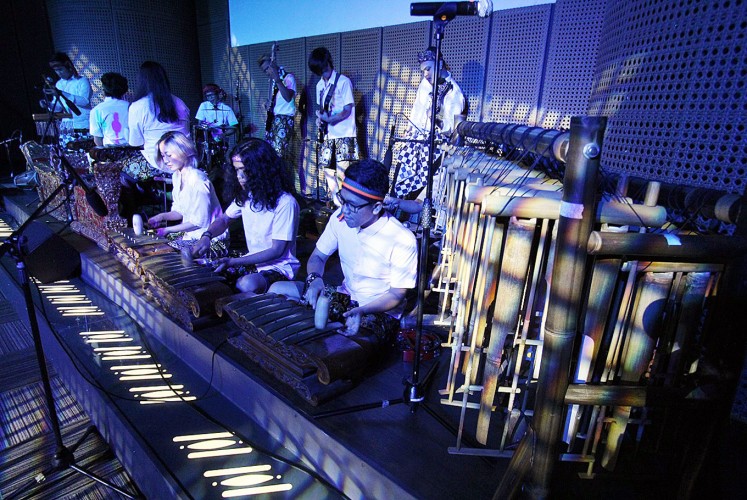
The concert was a theatrical performance, with dances accompanying the live band as its musicians went through heart-pumping original songs such as “Pesona Indonesia” (Indonesian Charm), “Sakala” (Perfection) and “Senandung” (The Hum).
The last song of the night was reminiscent of a Dream Theater song, but made more interesting with gamelan sounds. However, it ended in a rather peculiar manner, with a member of the ensemble rapping at the end, which seemed rather out of place.
Amien was the only one behind the drum kit keeping the music steady, along with a guitarist and a bass player to round out the band.
The gangsa players were unique in the way that their melodies intertwined, serving as both melody and rhythm. At the beginning of the show, a solemn flute solo was played to warm up the audience.
In the 1970s and the 1980s, Western progressive rock bands tried to infuse “exotic” Eastern influences into their music, with only a few emerging successful. Percussion Experimental could easily be a result of those musical explorations, if those bands had paid proper attention to the vast potential of Indonesian instruments and musical scales.
The event is part of the Djarum Foundation’s Bakti Budaya series, which aims to showcase the best of the Indonesian artists.



